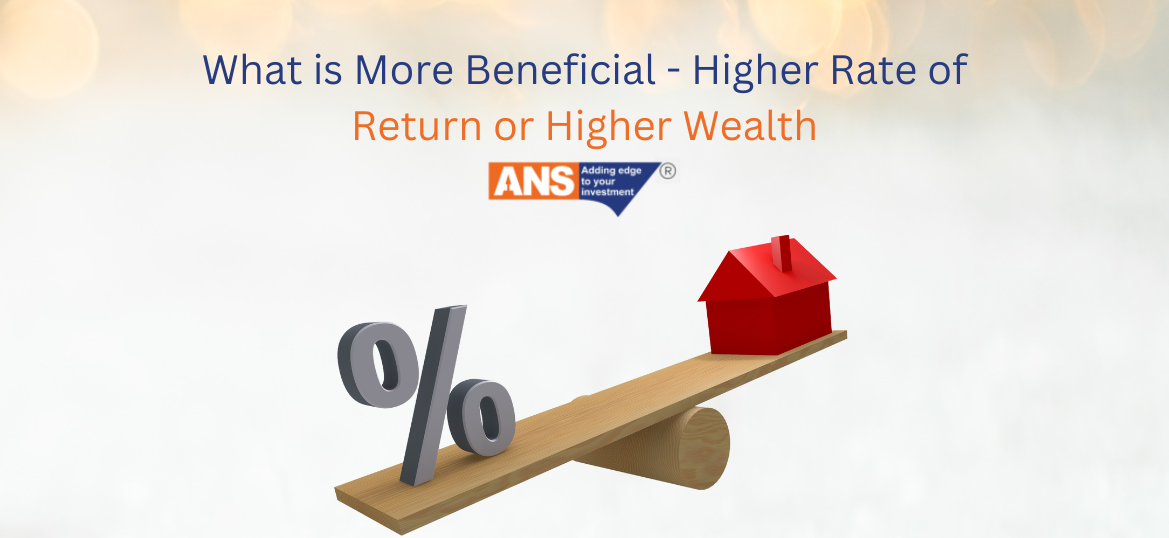How Compounding Works in Mutual Funds
You must not let anyone fool you with get-rich-quick schemes. However, what if we tell you a way to get rich with the power of compounding, a tried and tested formula. Did you know that the Indian Mutual Fund Industry has grown from ₹ 6.75 trillion in 2012 to ₹37.56 trillion as of February 28, 2022? What makes it a popular investment avenue is compounding interest that ensures higher returns as compared to simple interest. Let’s understand what is compounding interest and how it works?
What is compounding?
When you invest a lump sum amount in a mutual fund you earn interest only on the principal amount. However, if you invest in SIPs you not only earn interest on the principal amount but also the interest. So, instead of withdrawing the interest that you earn, you simply let the magic compounding interest do its work. Hence, it gives you a larger amount of returns.
An example of compound interest in mutual funds
Please remember, when you invest in mutual funds you have to plan to park your money to achieve long-term goals. As it will not only bring down the market volatility but also allow you to enjoy the magic of compound interest effectively.
Let’s understand this concept with an example.
Let’s say you invest INR 5,000, every month which earns you 10% interest p.a, for a period of 30 years. So, while the invested amount will only be a meager INR 18,00,000, the interest earned will be a mammoth 95,96,627 thereby bringing the total returns to a staggering INR 1,13,96,626. How did this happen? This is simply how compound interest works.
Compound interest vs simple interest
If you invest in financial products that come with the simple interest you will earn low returns. How so? Let’s find out with an example.
Let’s say Rishi invested using simple interest with INR 1,00,000 which pays him 12% interest for 10 years. In this scenario, he withdraws the interest of INR 12,000 earned year on year thereby bringing his total return including principal and interest to INR 2,20,000 at the end of the 10-year tenure. On the other hand, Bini makes a smart decision to invest in mutual funds that offer compounding interest without ever withdrawing her interest or principal amount. So, she earns INR 3,10,584 at the end of the tenure as it earned her interest on her principal amount and also on the interest as she did not withdraw the interest.
So, the interest that Bini earned was on the cumulative figure (principal+interest). Whereas the interest that Rishi earned is only on the principal amount. This is how even you can benefit by simply reinvesting the interest to earn compounding interest on it. If you want to achieve financial goals using the power of compounding please remember to use an online mutual fund calculator to get clarity on the amount you need to invest, tenure, and the compound interest that would earn you meet your long-term and short term financial goals.
So, now that you know the magic of compounding you can use it to make wise investment decisions. All the best!



